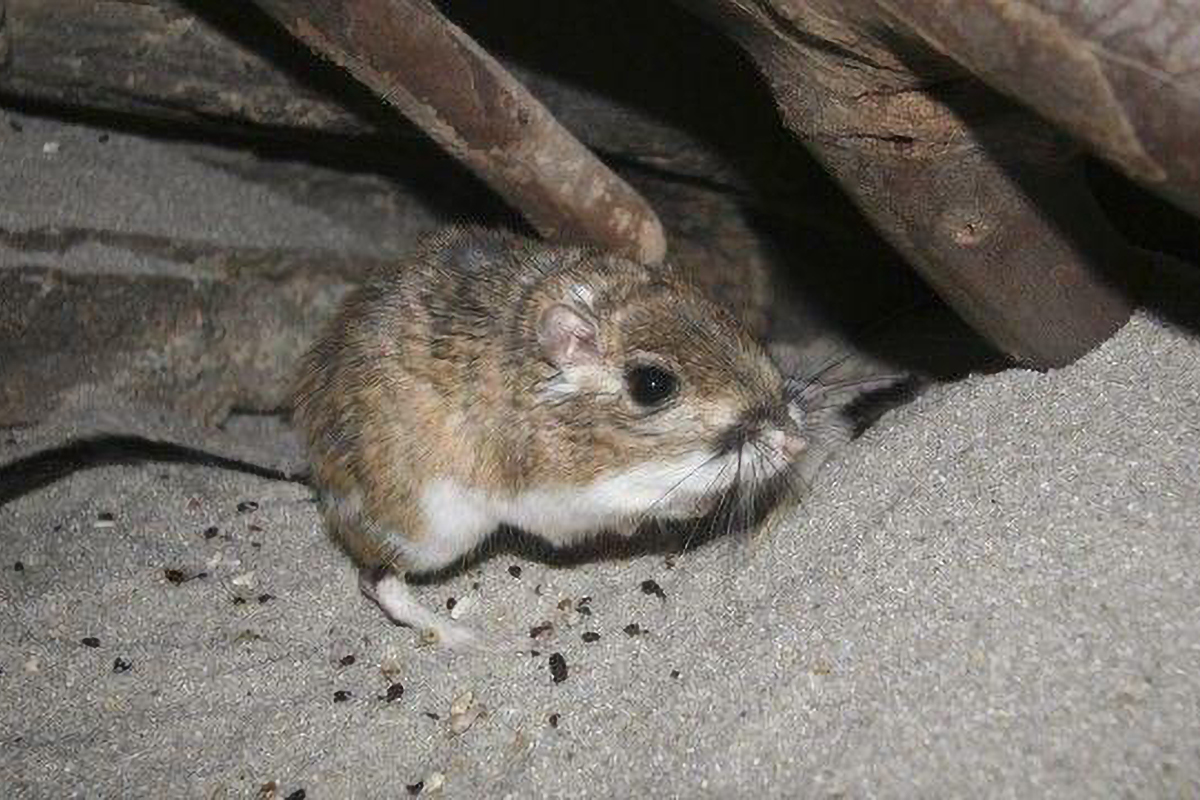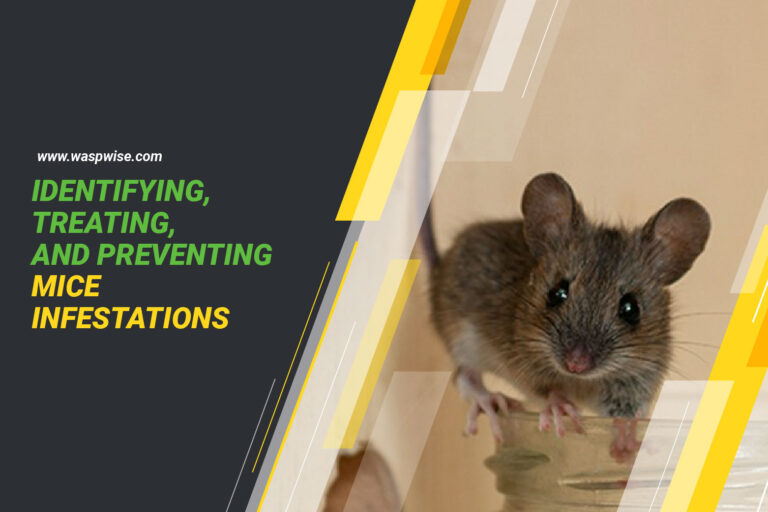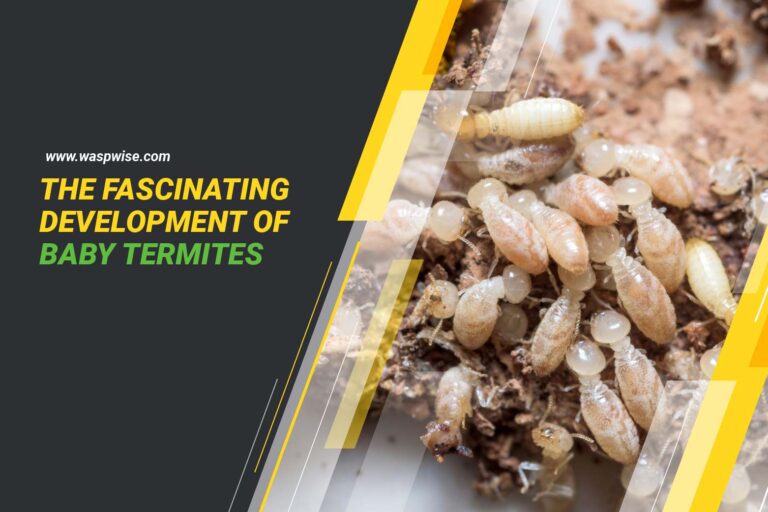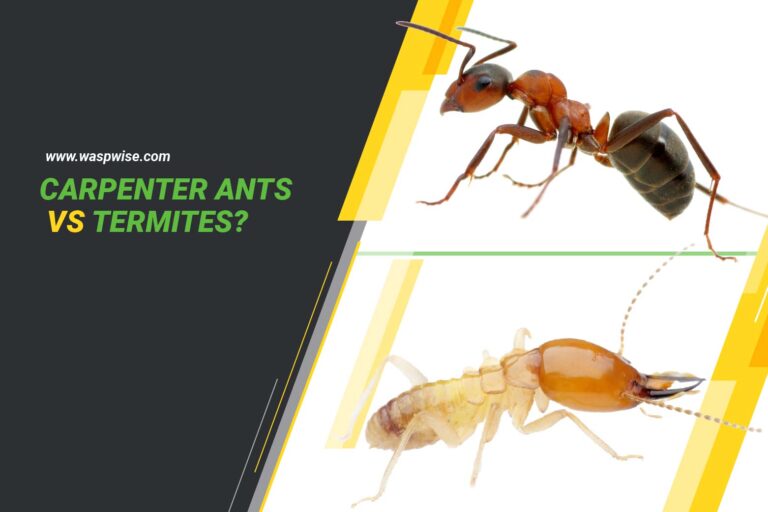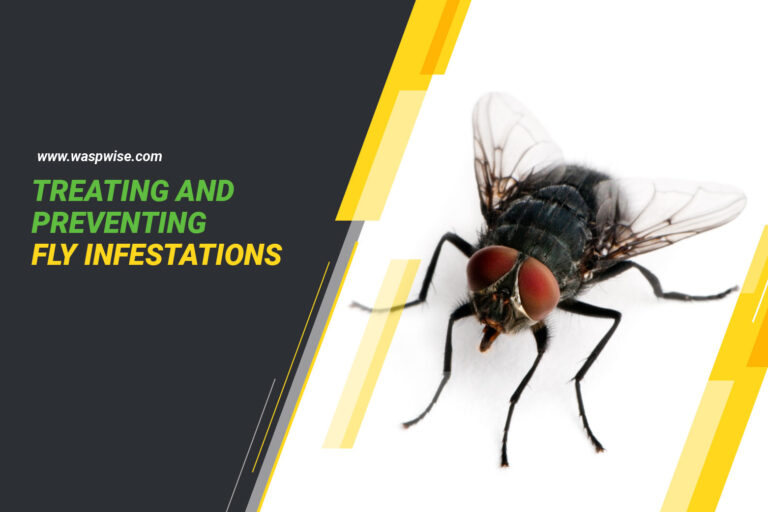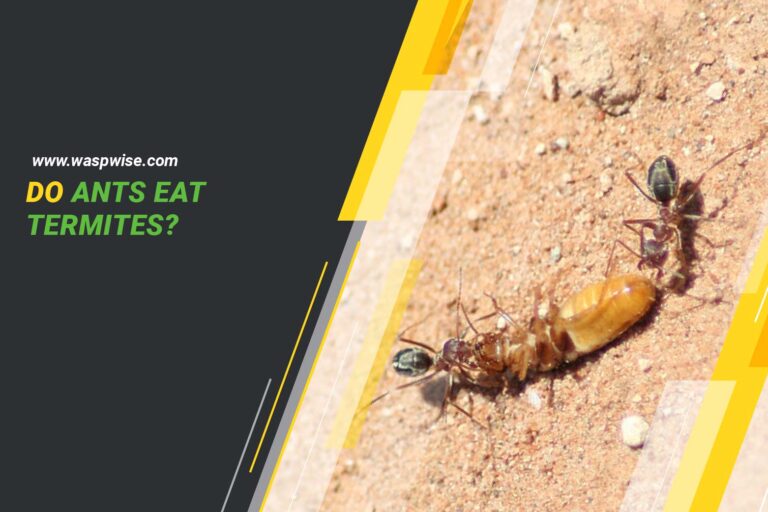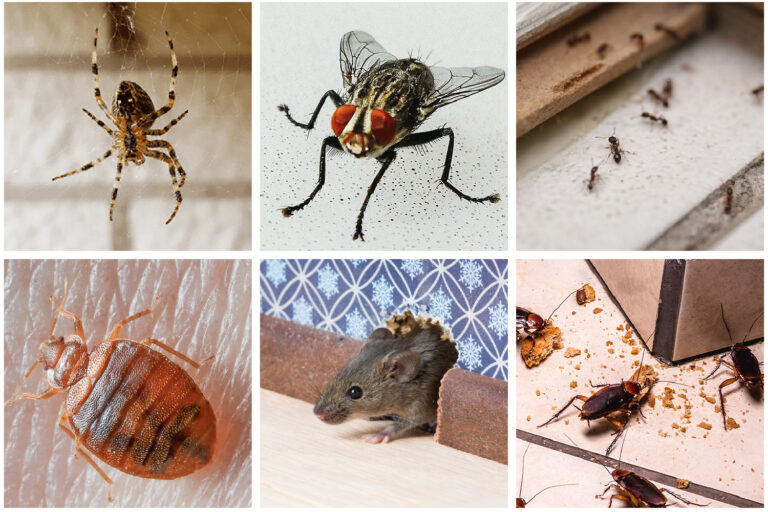IDENTIFYING PEST DROPPINGS: WHAT THEY LOOK LIKE AND WHAT THEY MEAN
Pest infestations are a common problem for homeowners and businesses. While seeing live pests is a clear sign of an infestation, their droppings can also provide valuable information. Identifying pest droppings can help determine the type of pest, the severity of the infestation, and the best control methods. In this article, we’ll discuss the appearance of different pest droppings, how to identify them, their associated dangers, and steps to prevent and control pest infestations.
TYPES OF PESTS AND THEIR DROPPINGS
Mice
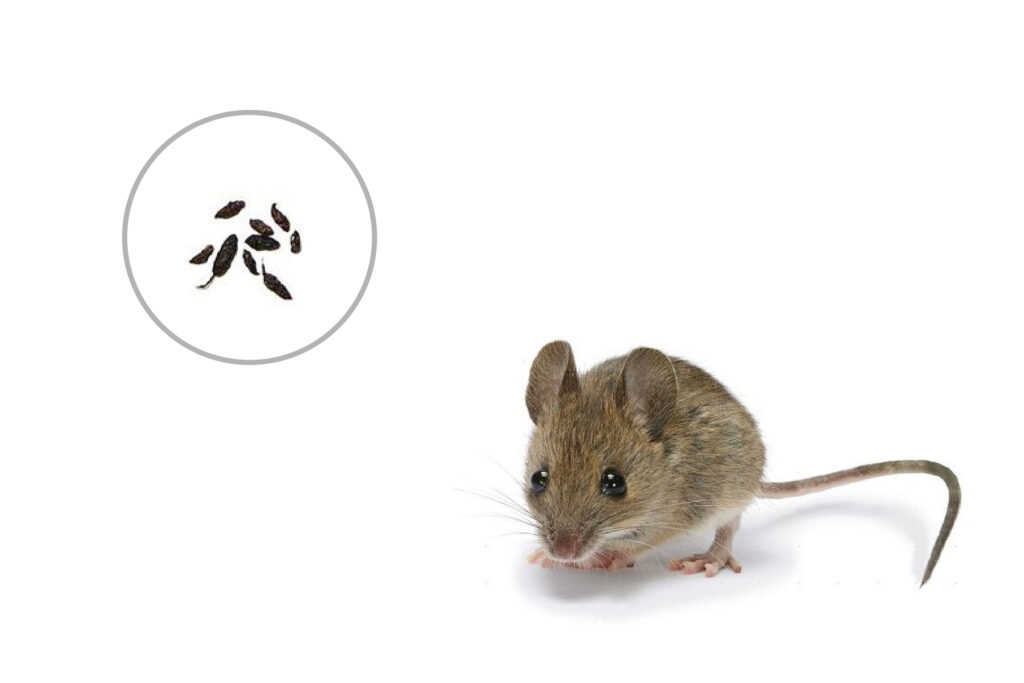
Mice droppings are small, typically about the size of a grain of rice, and have a pointed end. They are often found in large quantities and can be scattered throughout the area where the mice have been active.
Rats
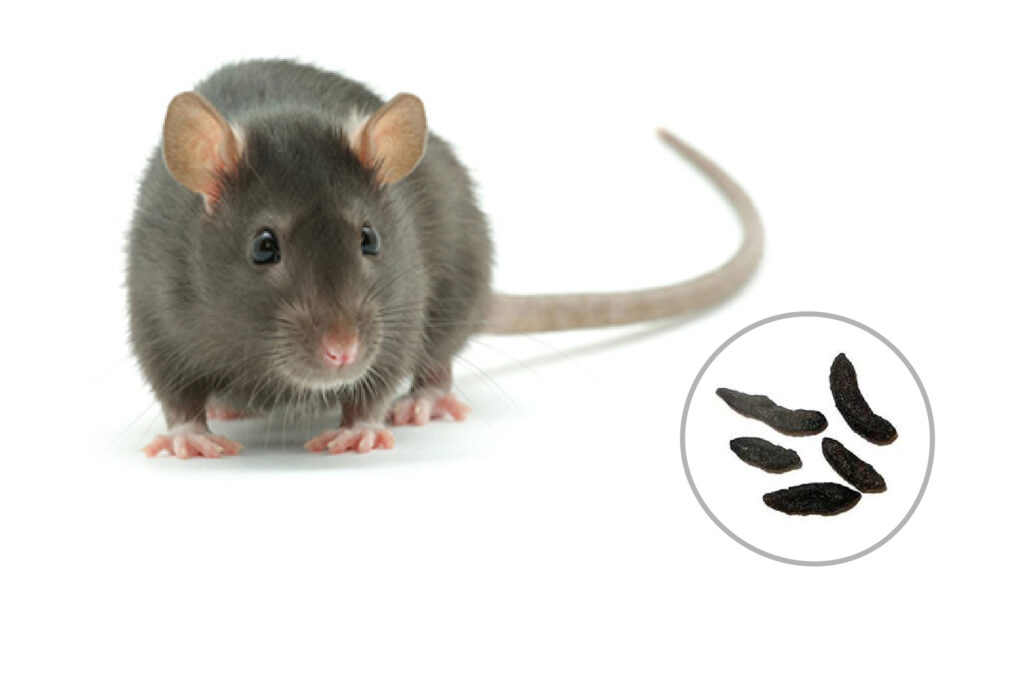
In contrast, rat droppings are larger, approximately the size of a raisin, and have a tapered end. They are less commonly found in large quantities, but when they are present, they can indicate a serious rat infestation.
Both types of droppings are dangerous because they can transmit diseases such as salmonella, hantavirus, and rat-bite fever. Therefore, it is essential to take immediate action when rodent droppings are discovered in your home.
Cockroaches
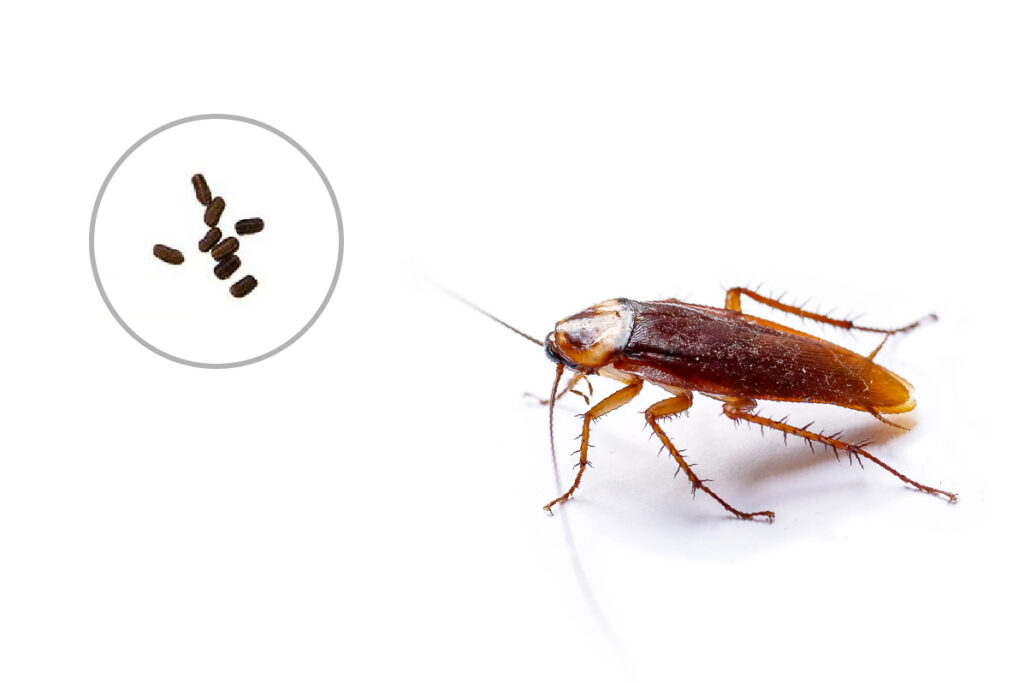
Cockroach droppings are small, dark, and cylindrical, resembling ground coffee or black pepper. They are often found in large quantities, indicating a significant infestation. Fresh droppings will be soft, while older droppings will be hard and crumbly.
Cockroach droppings can cause allergic reactions and trigger asthma attacks. They can also spread bacteria such as E. coli and Salmonella.
Bed bugs
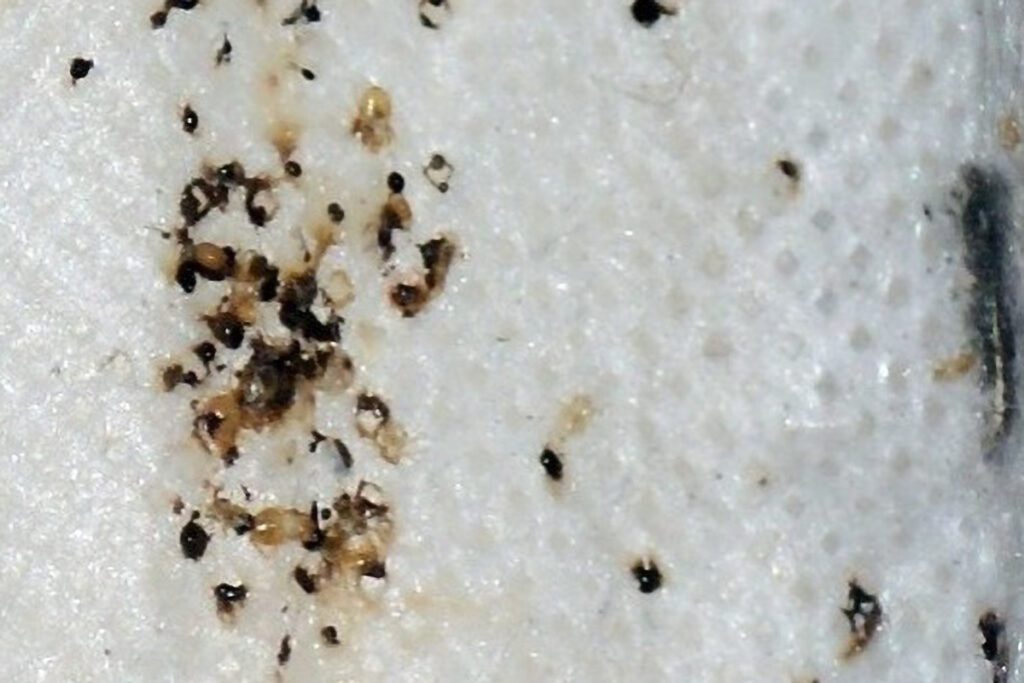
Bed bug droppings are small, black or brown, and round. They resemble small ink stains and are often found on bedding, mattresses, and furniture. Bed bug droppings are usually found near their hiding places, such as cracks and crevices.
While bed bug droppings do not transmit diseases, they can cause allergic reactions and skin irritation.
Termites
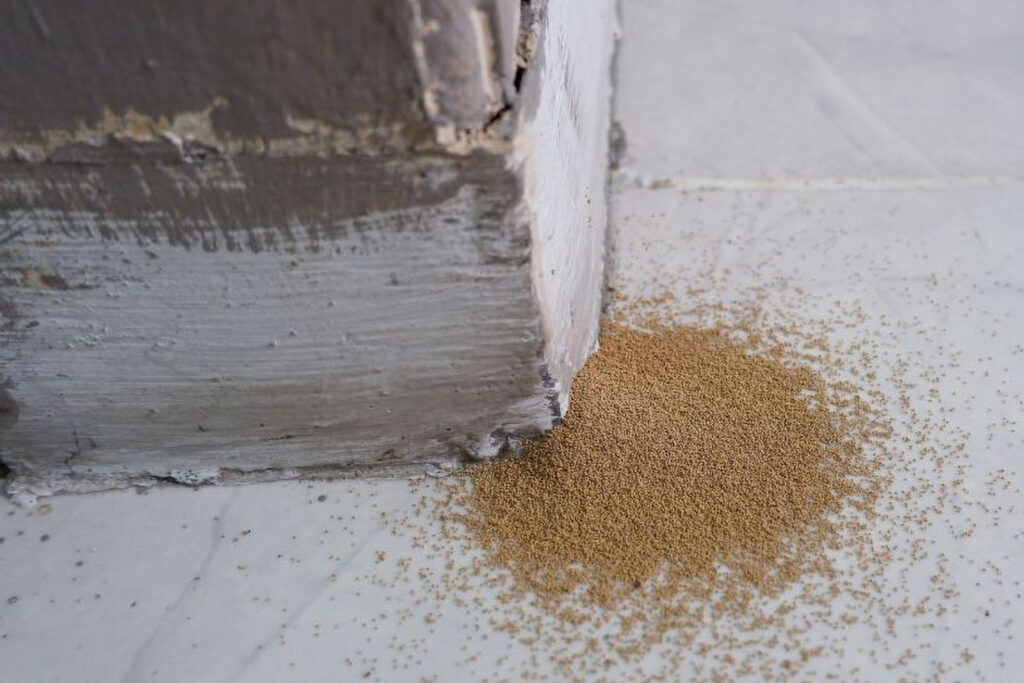
Termite droppings, also known as frass, resemble small pellets or grains of sand. They are often found near termite nests or in areas of infestation. Fresh frass will be light in color, while older frass will be darker.
Termites can cause significant damage to structures, and their droppings can indicate the severity of an infestation.
Ants
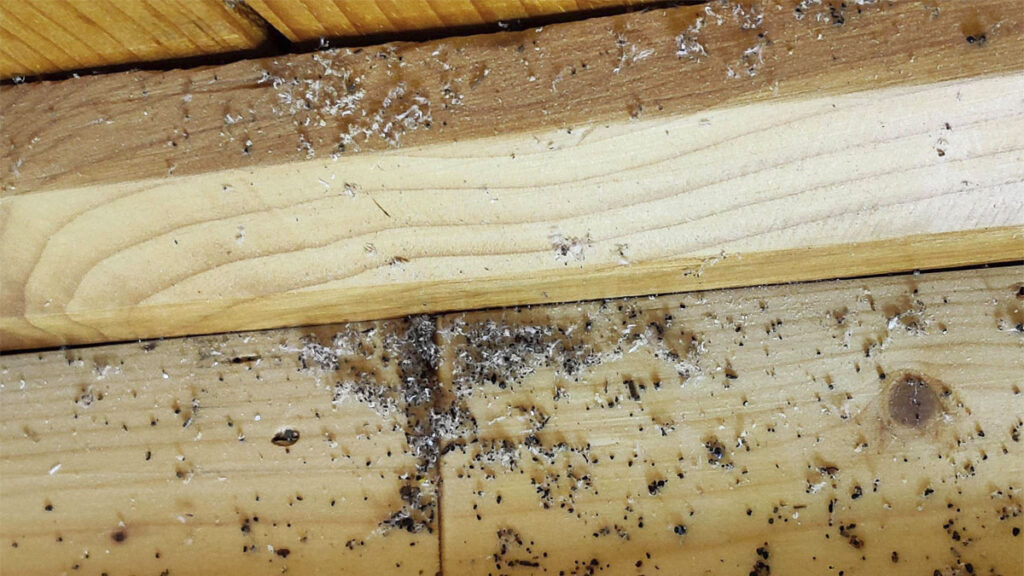
Ant droppings are tiny, often too small to see without a magnifying glass. They are usually found near ant trails, nests, and feeding areas. Ant droppings can vary in color depending on the type of ant, ranging from black to red.
Ant droppings are not generally considered a health hazard, but they can attract other pests and cause unsanitary conditions.
HOW TO IDENTIFY PEST DROPPINGS
Visual identification is the most common method for identifying pest droppings. Knowing what different pest droppings look like is essential, as they can be easily mistaken for other substances , such as dirt, mold, or food debris. Visual aids such as photos and diagrams can help identify pest droppings.
The location of droppings is also crucial in identifying pests. Different pests have specific hiding spots and travel patterns, so knowing where to look for droppings can provide clues about the pest type and the infestation’s severity. Common hiding spots for pests include behind appliances, in cabinets, under sinks, and in dark, humid areas.
The quantity of droppings can also indicate the severity of an infestation. The more droppings present, the larger the infestation is likely to be.
UNDERSTANDING PEST DROPPINGS
Pest droppings are a natural byproduct of pest biology and behavior. Pests produce droppings as they eat and digest food, and they leave droppings behind as they move through their environment. Some pests, such as rodents, mark their territory with droppings to communicate with other members of their species.
Pest droppings can pose health risks to humans. Some pests carry and transmit diseases, while others can trigger allergies and asthma. It’s essential to take precautions when dealing with pest droppings and to clean them up properly.
HOW TO CLEAN PEST DROPPINGS
Cleaning pest droppings requires specific tools and supplies, including gloves, a mask, disinfectant, and a vacuum with a HEPA filter. Taking safety precautions is essential to avoid contact with the droppings and any potential pathogens.
Step-by-step instructions for cleaning different types of pest droppings can vary depending on the pest and the location of the droppings. However, generally, the process involves wearing protective gear, spraying the area with disinfectant, and carefully removing and disposing of the droppings.
PREVENTION AND CONTROL OF PEST INFESTATIONS
The best way to deal with pest droppings is to prevent and control pest infestations in the first place. Identifying and sealing entry points, removing potential food and water sources, and using pest control methods are all effective ways to prevent and control pest infestations.
Chemical treatments, traps and baits, and natural remedies are all options for pest control. It’s essential to use these methods safely and correctly to avoid harm to humans and pets.
CONCLUSION
Identifying pest droppings is an important step in preventing and controlling pest infestations. Different pests have unique droppings, and knowing what to look for can provide valuable information. Understanding pest biology and behavior, taking safety precautions when cleaning up droppings, and using effective pest control methods can help keep homes and businesses free from pests and their droppings. It’s essential to take action to prevent and control pest infestations to protect the health and safety of humans and pets.

